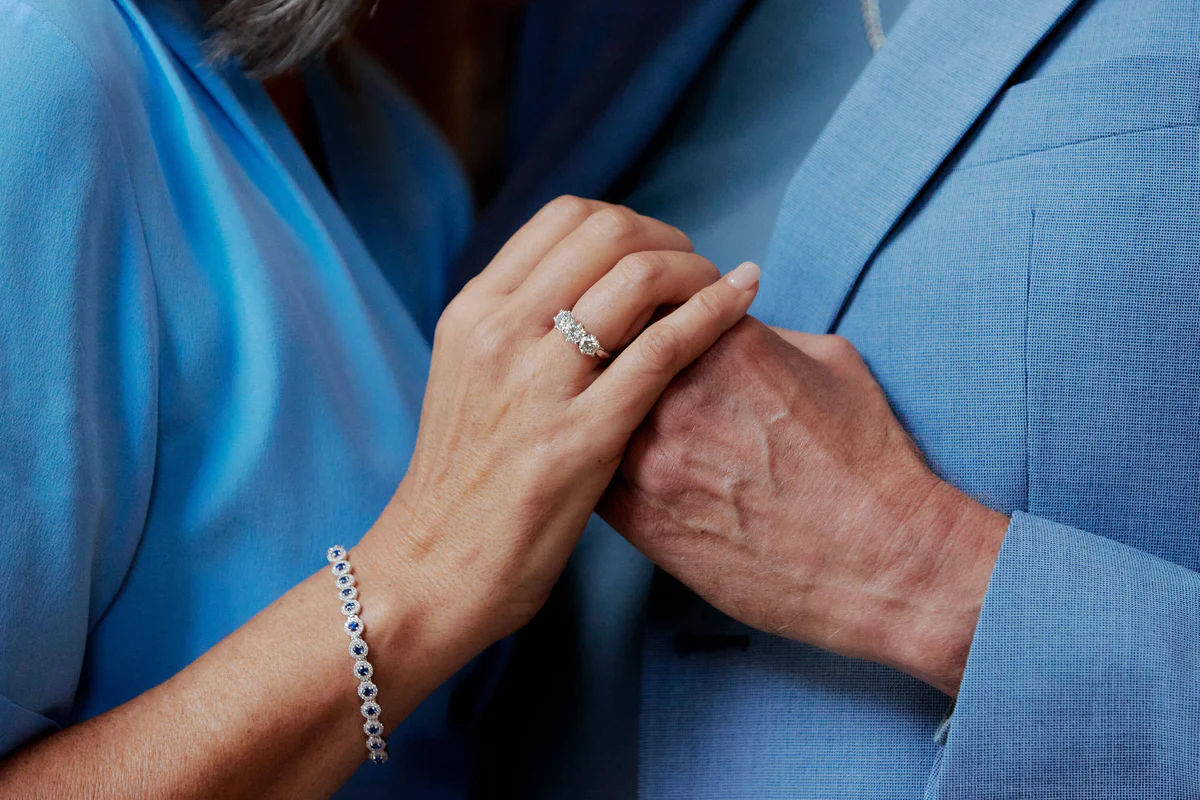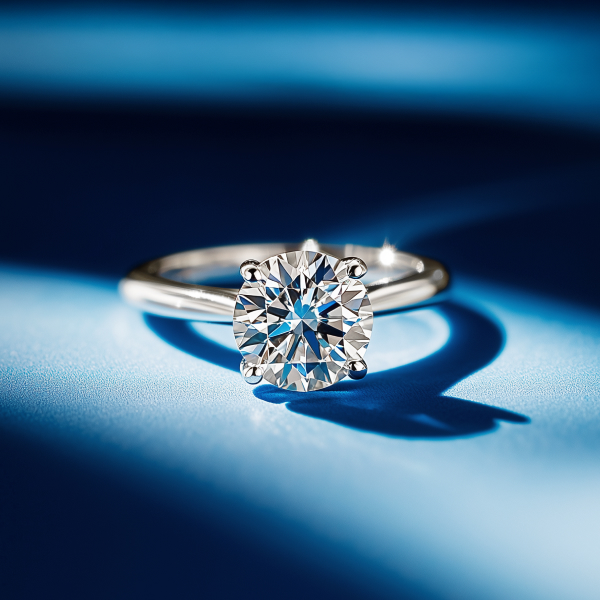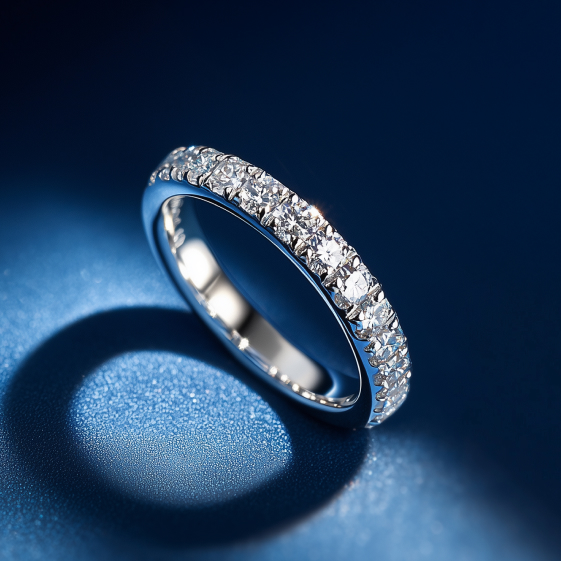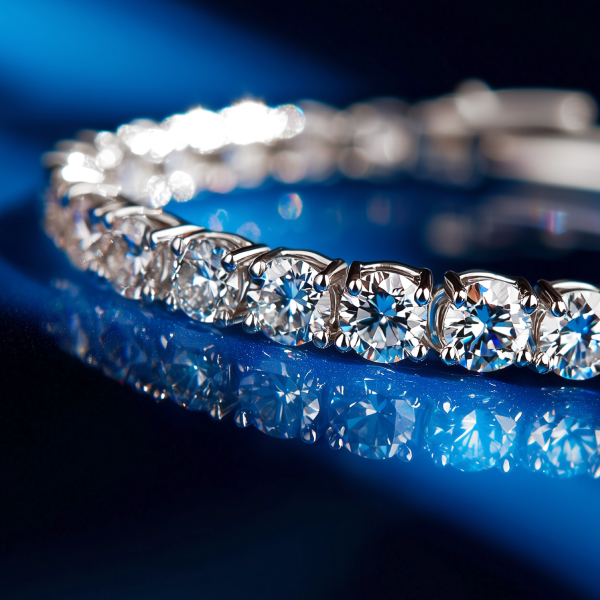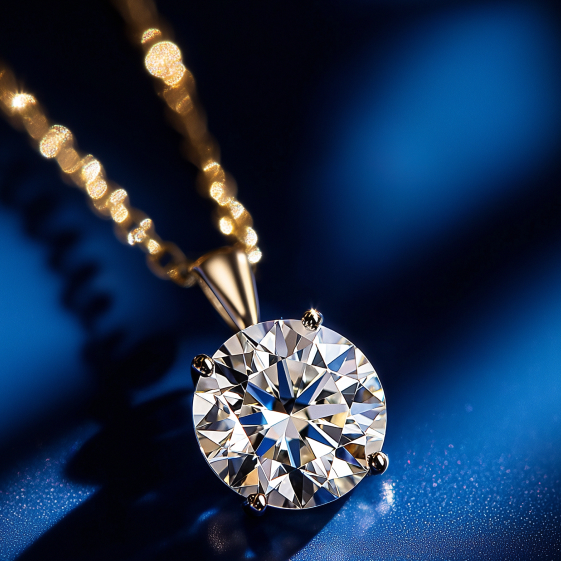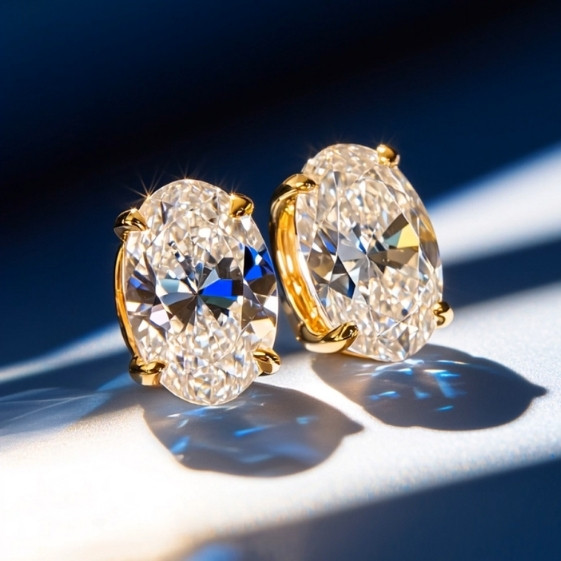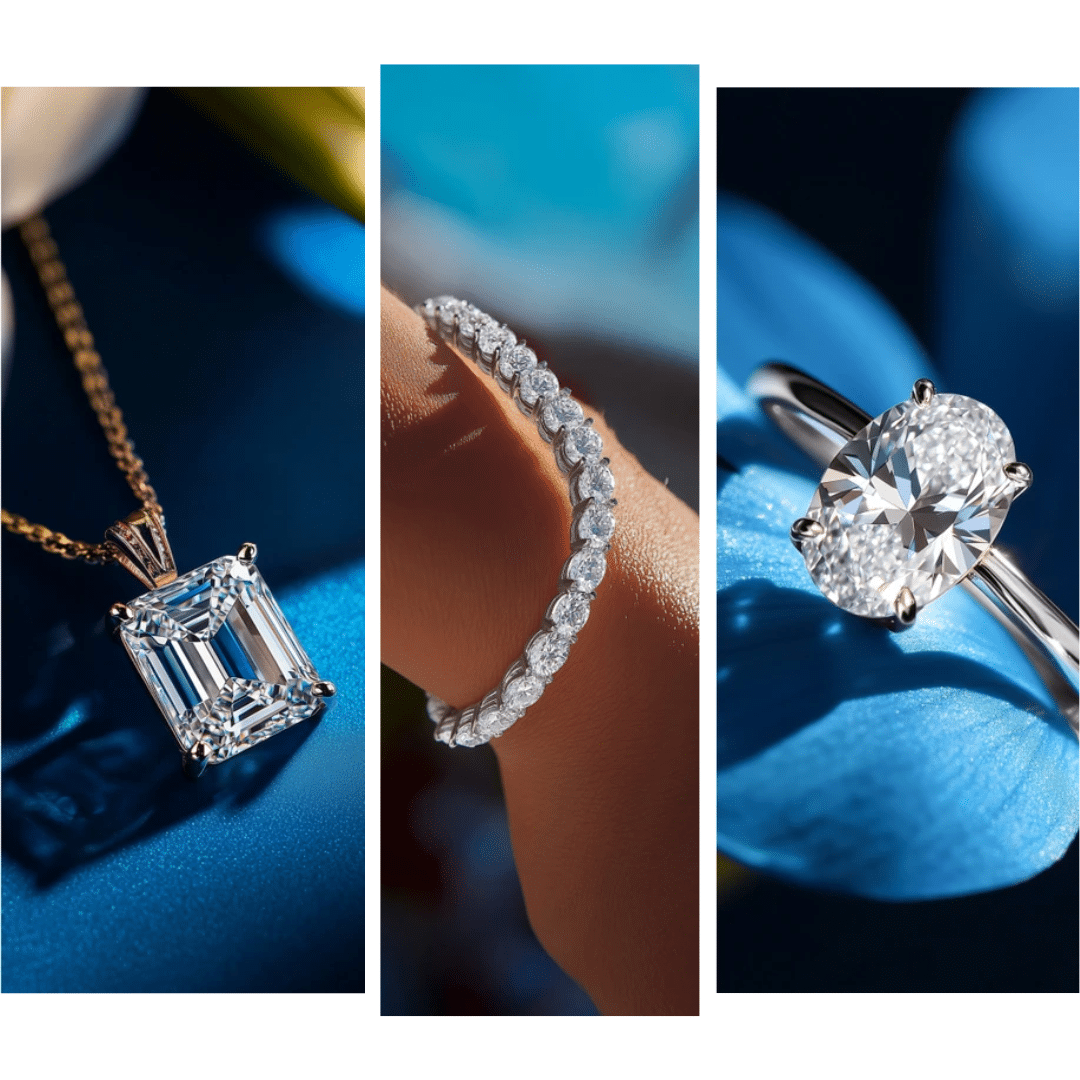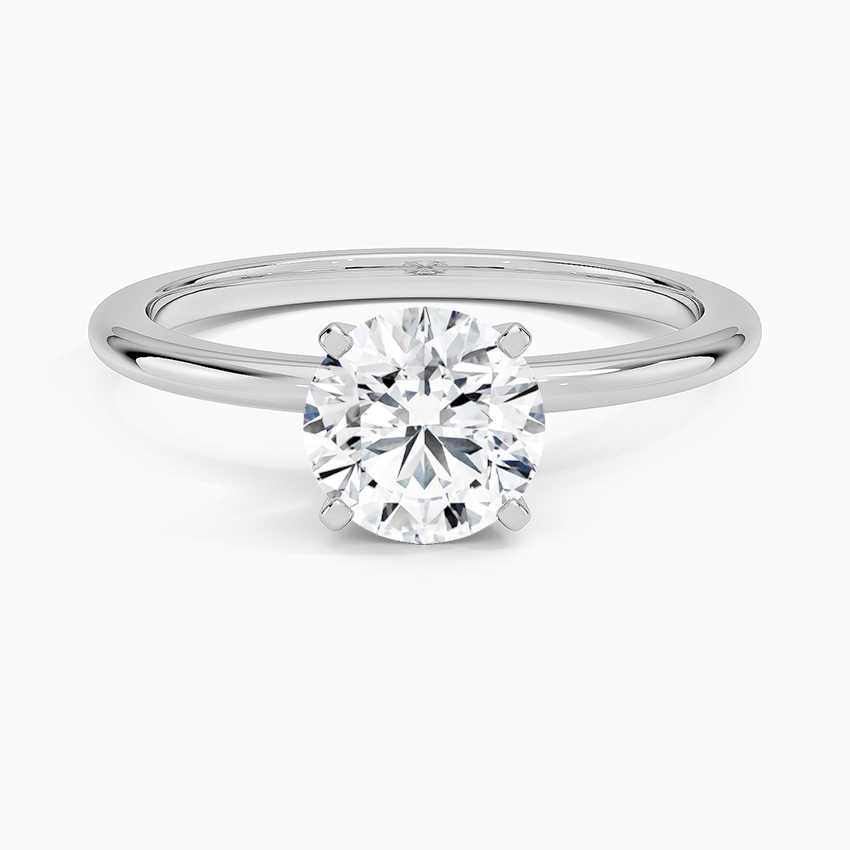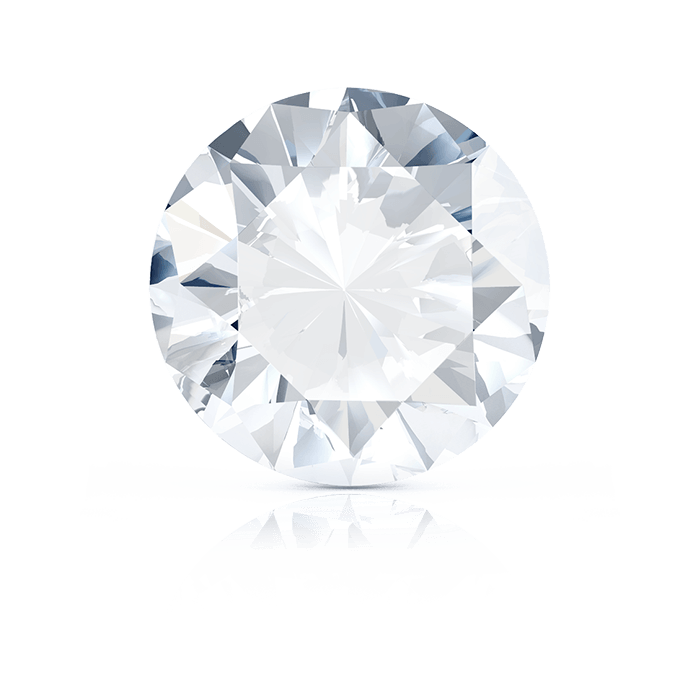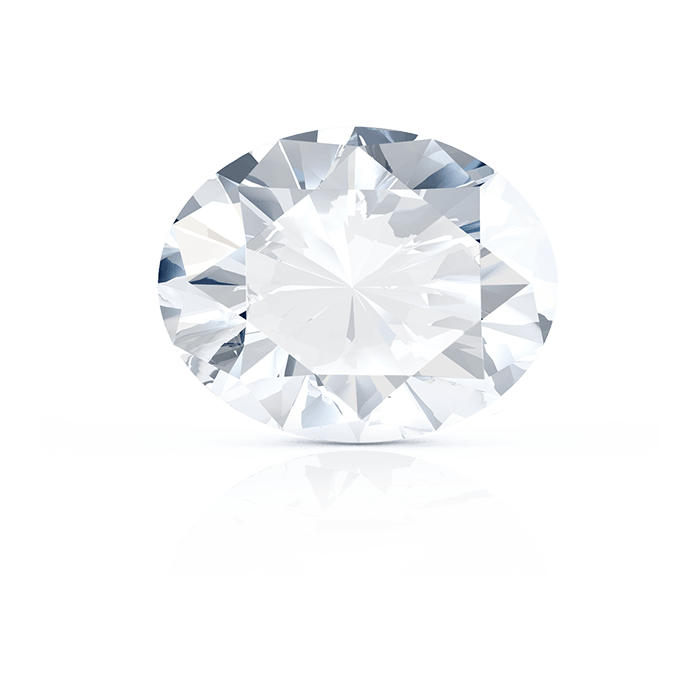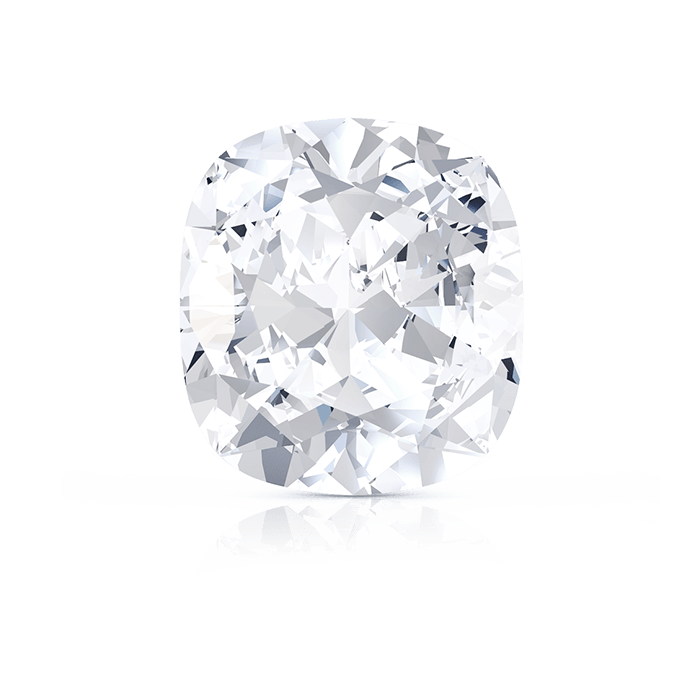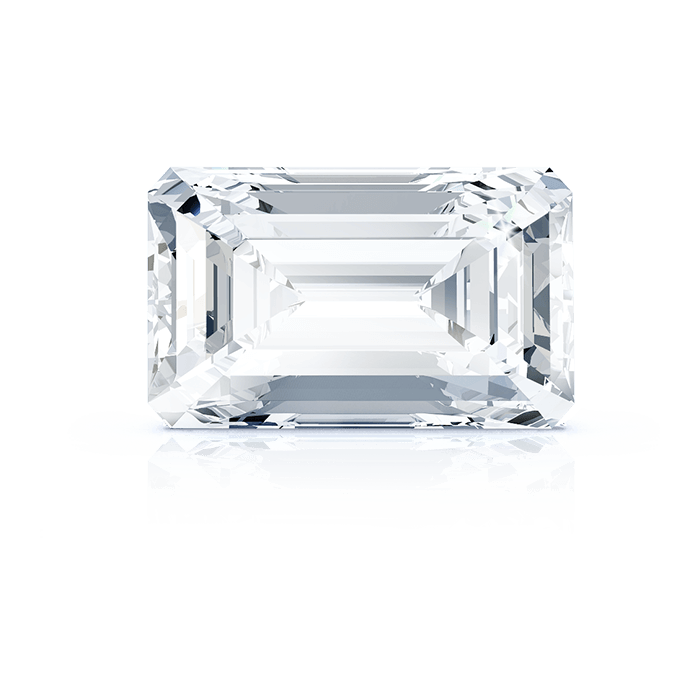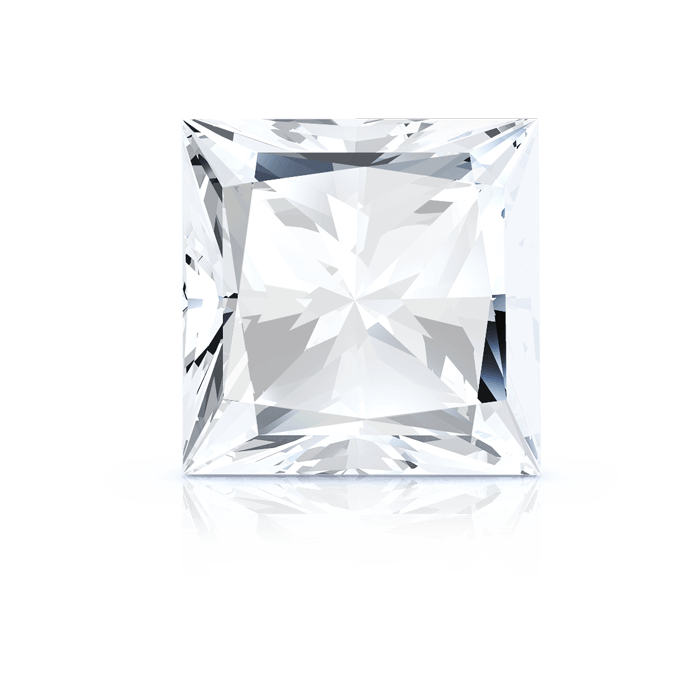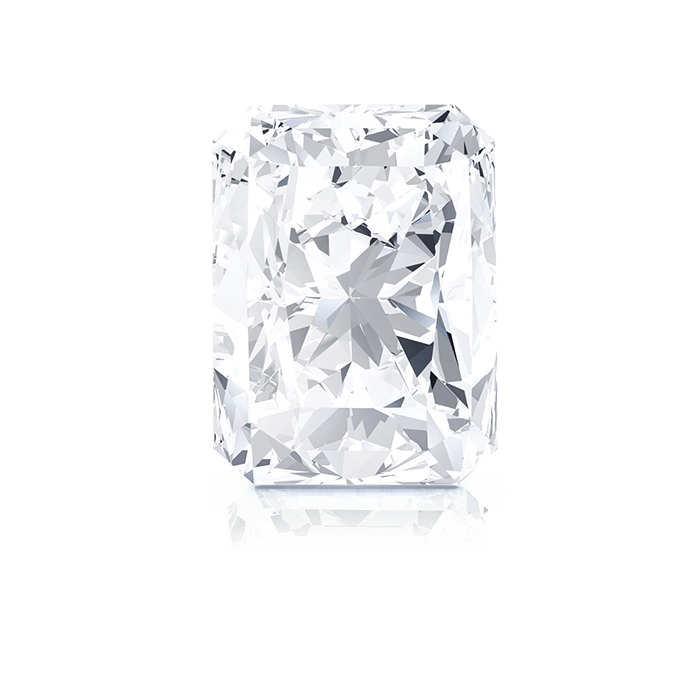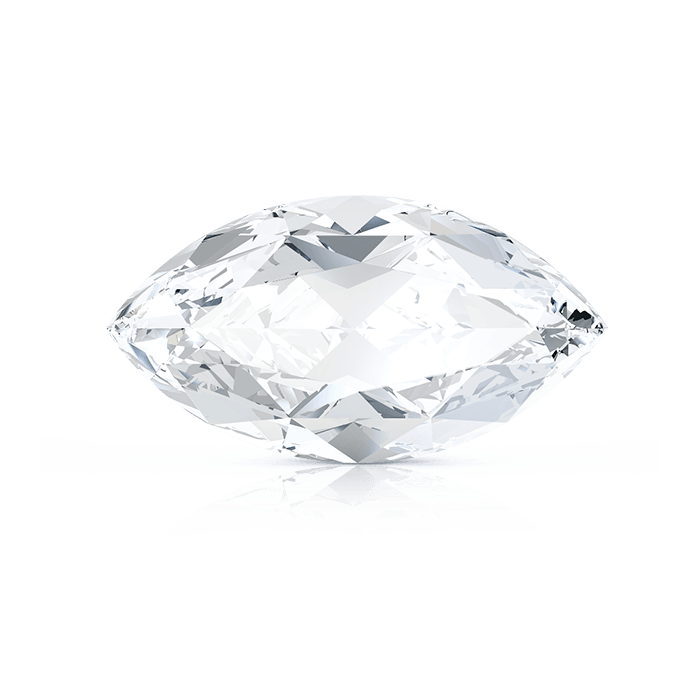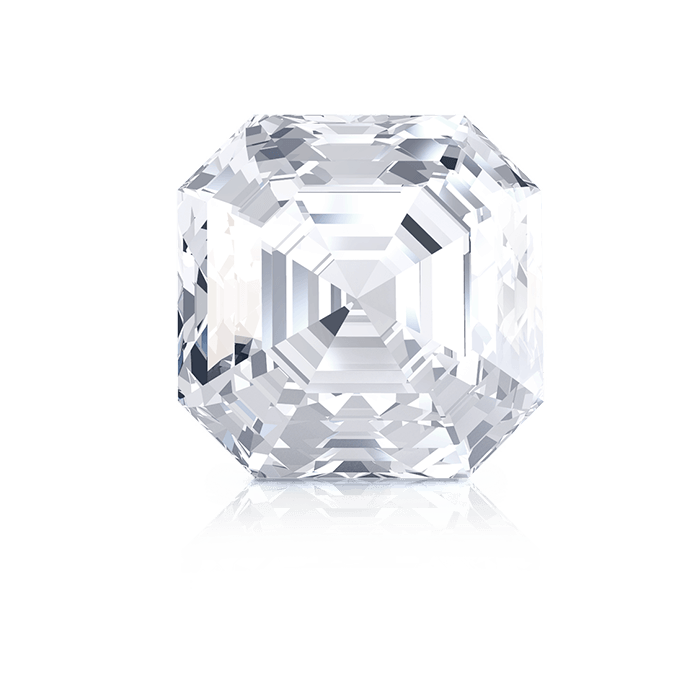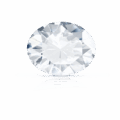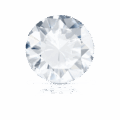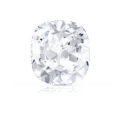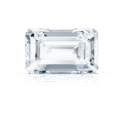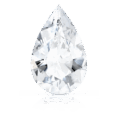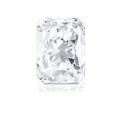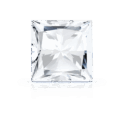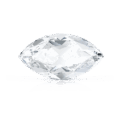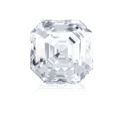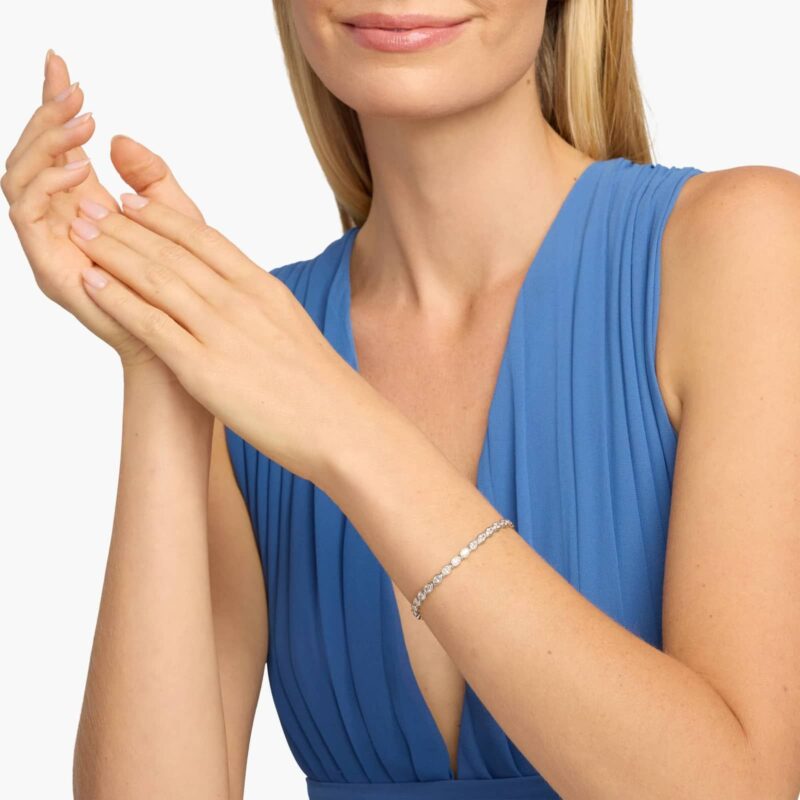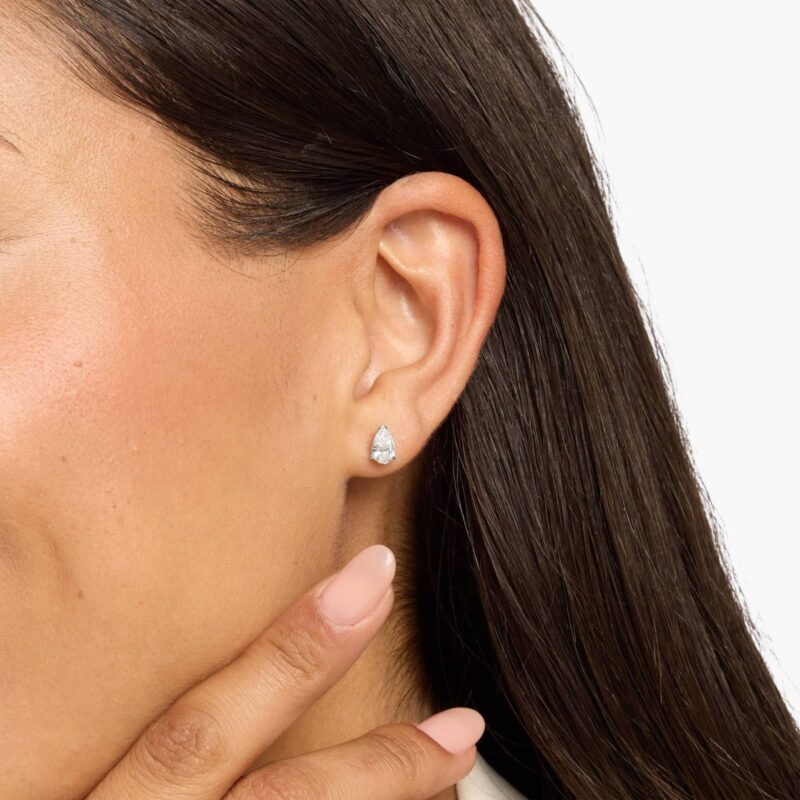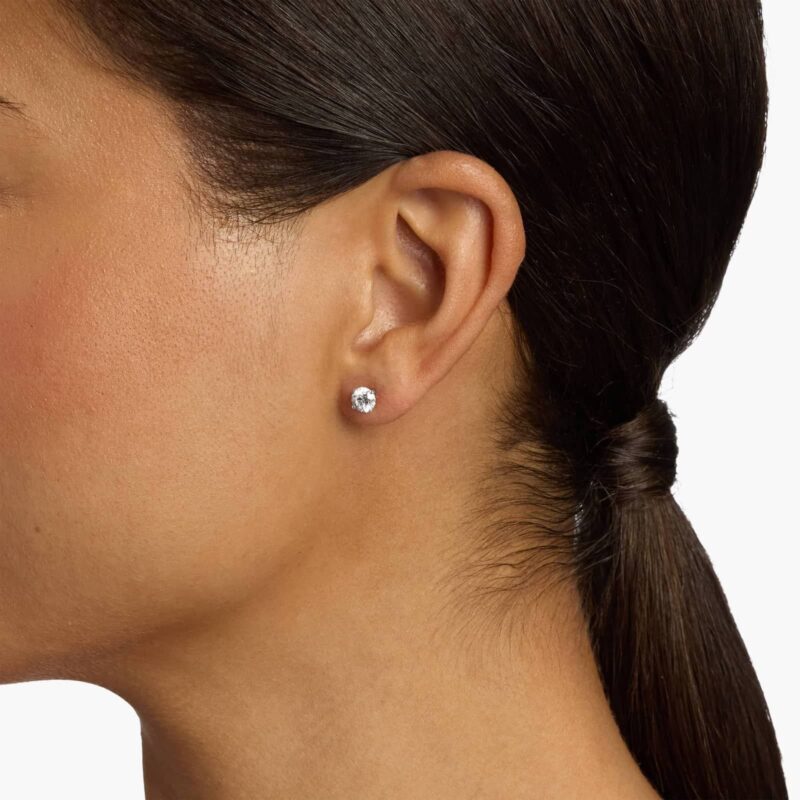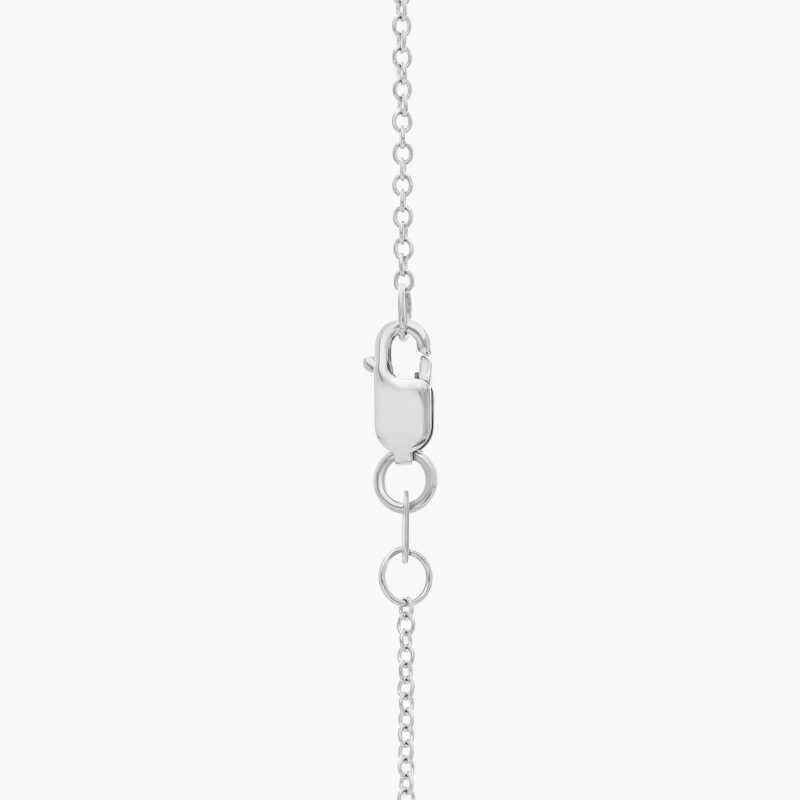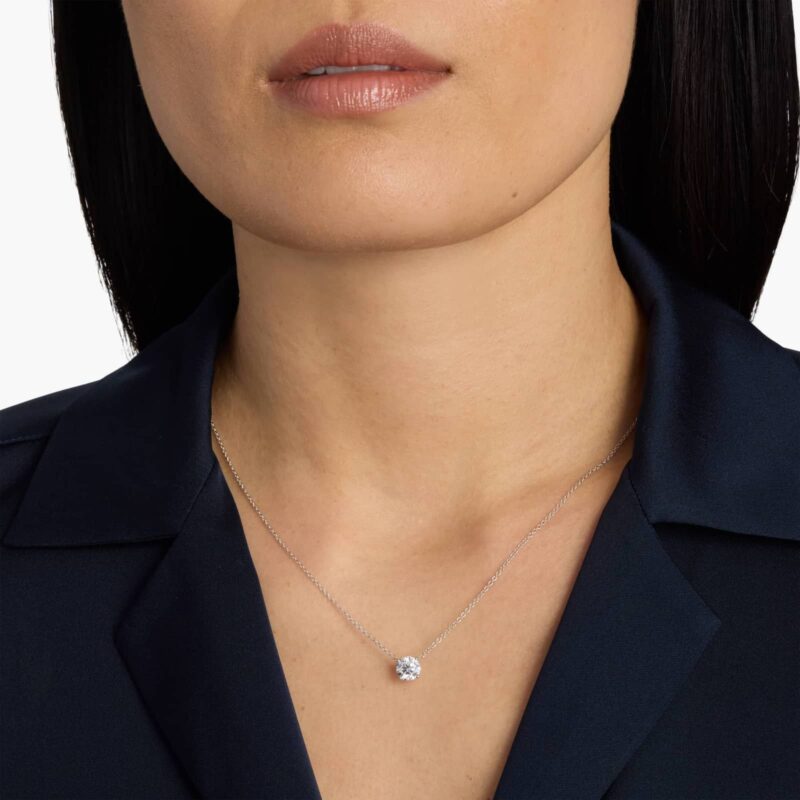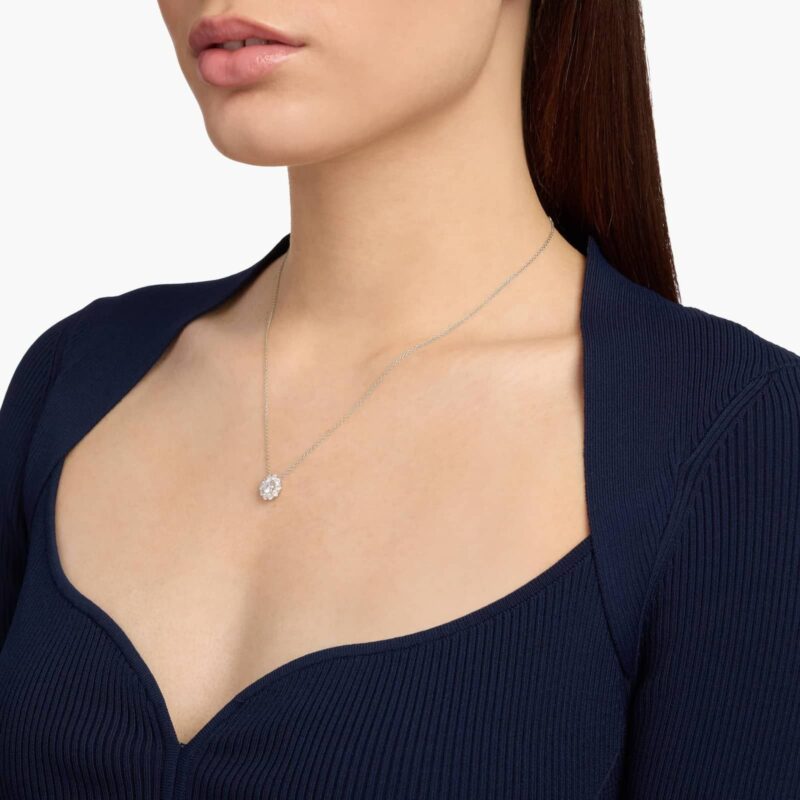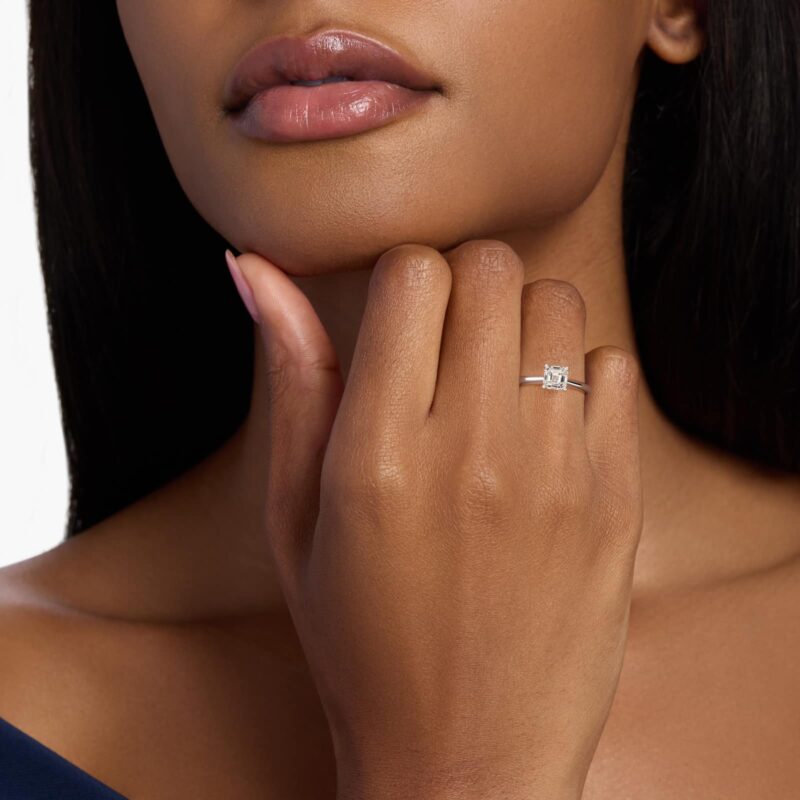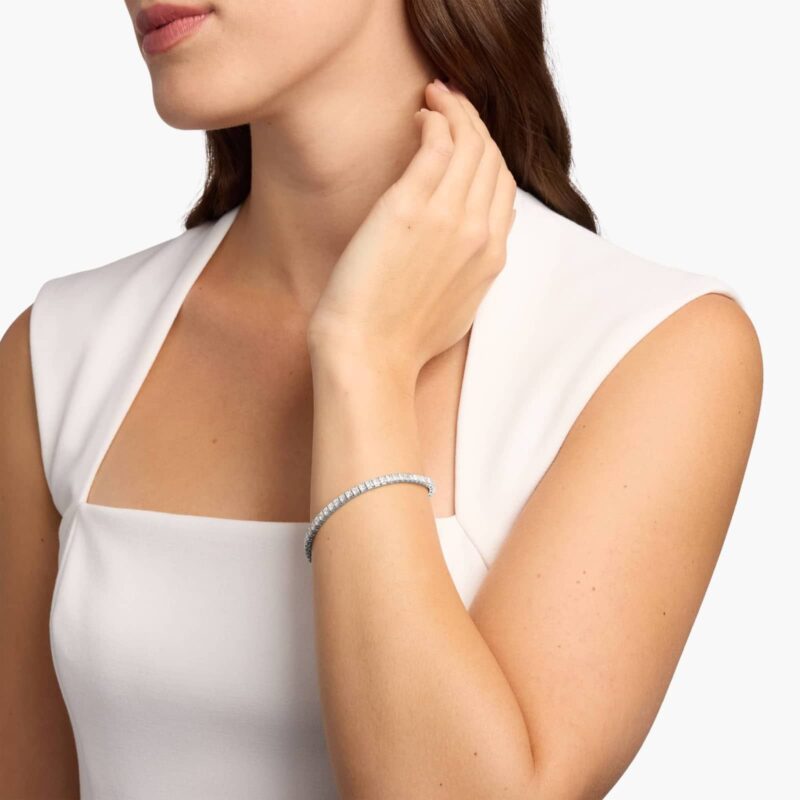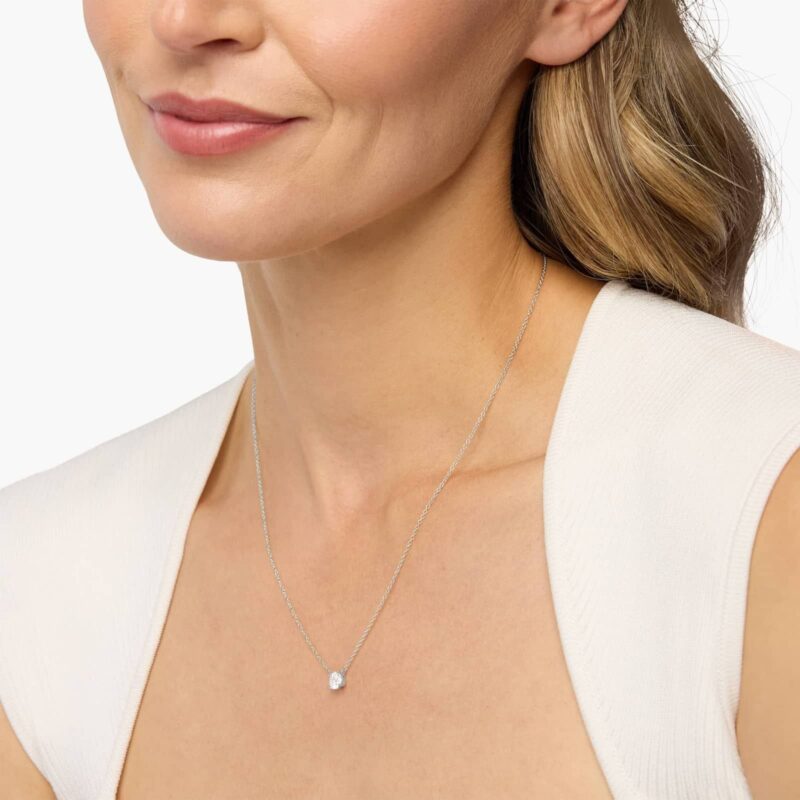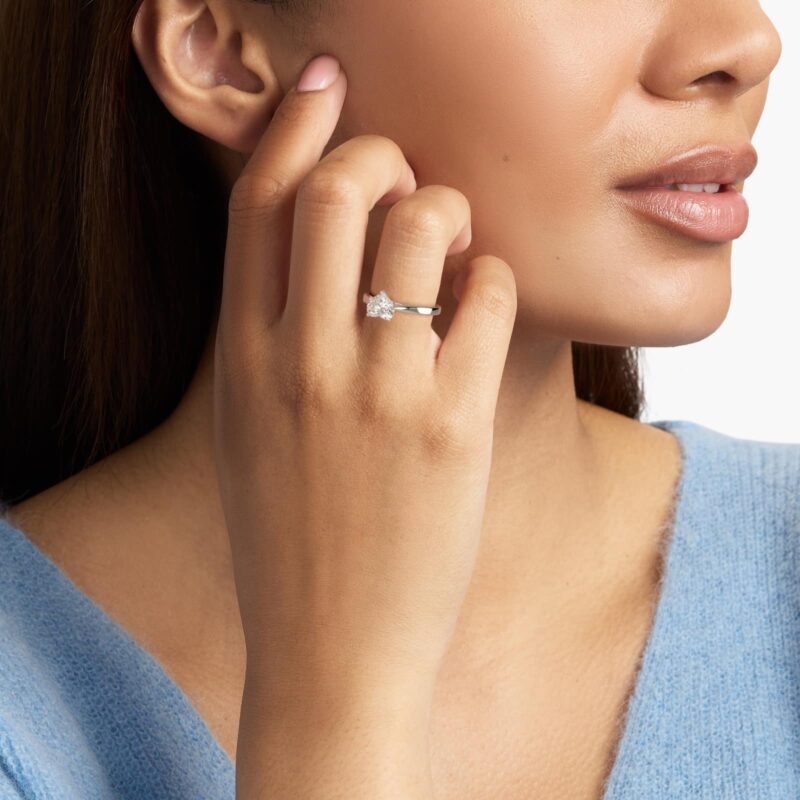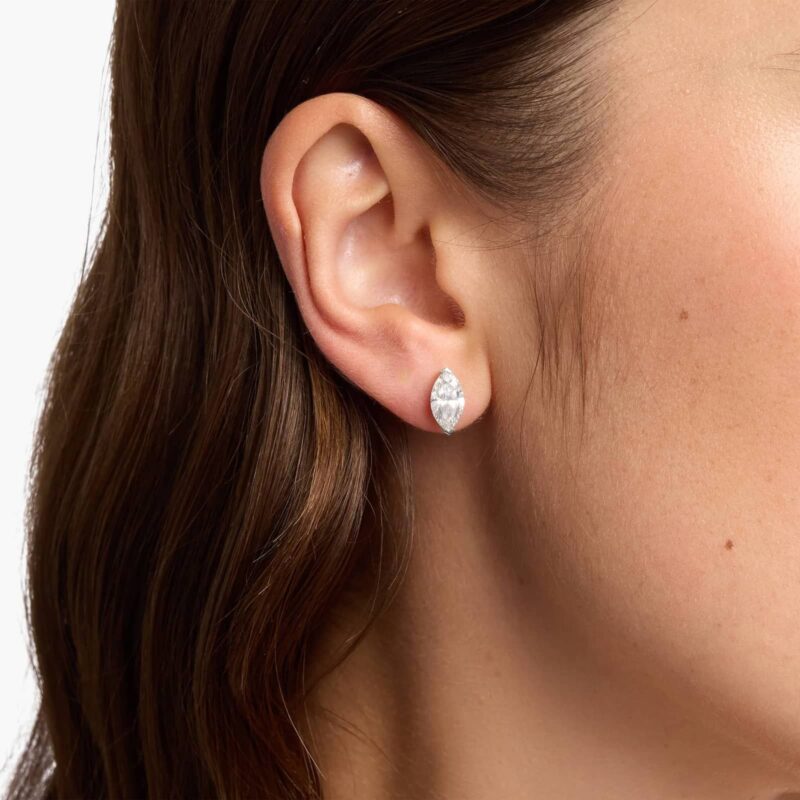Moissanite Jewelry
Thoughtfully designed collections for the big day and every day.
Featured Products
Selection of luxurious jewelry by Revarado
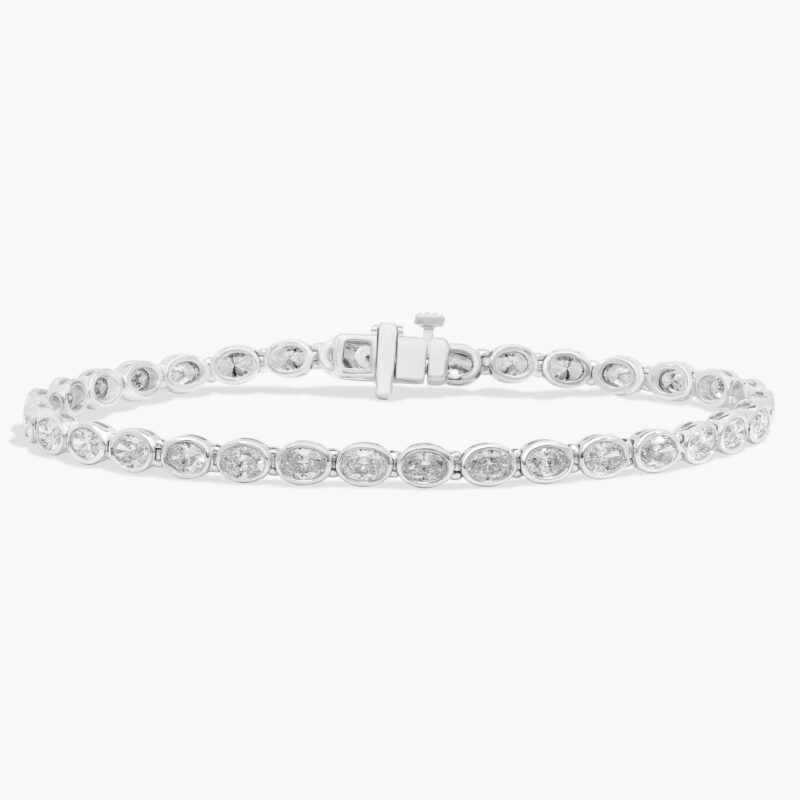
Elina Moissanite Tennis Bracelet (2mm)






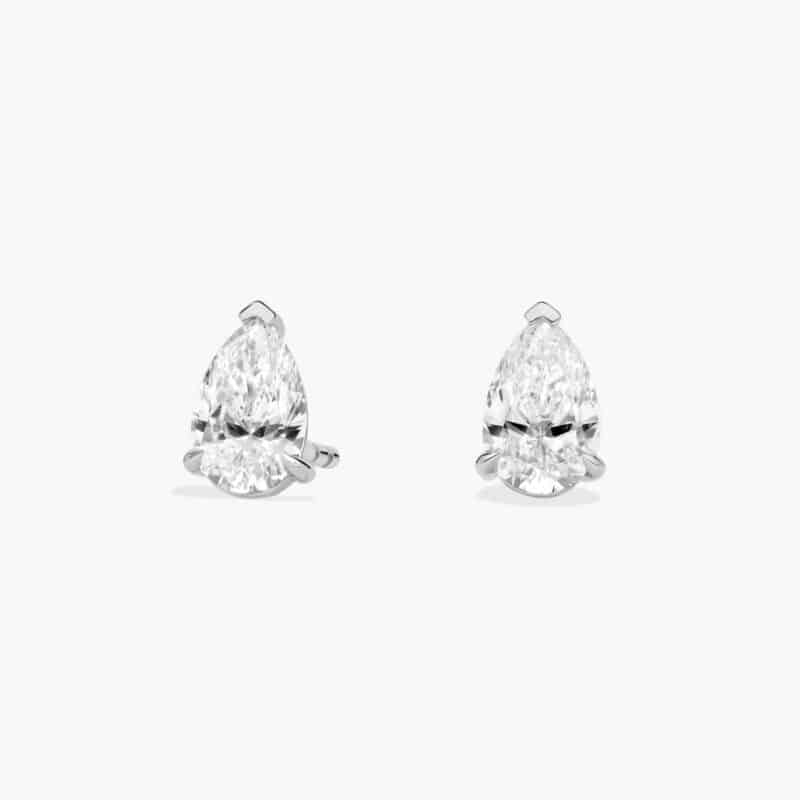
Sabrine Moissanite Earring (1 Carat)




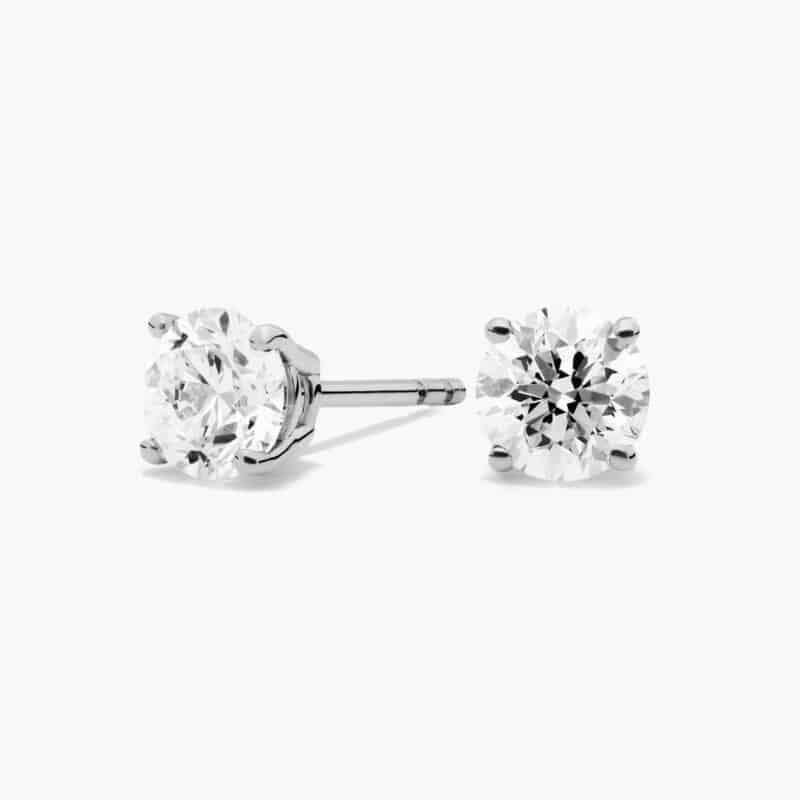
Romina Moissanite Earring (1 Carat)




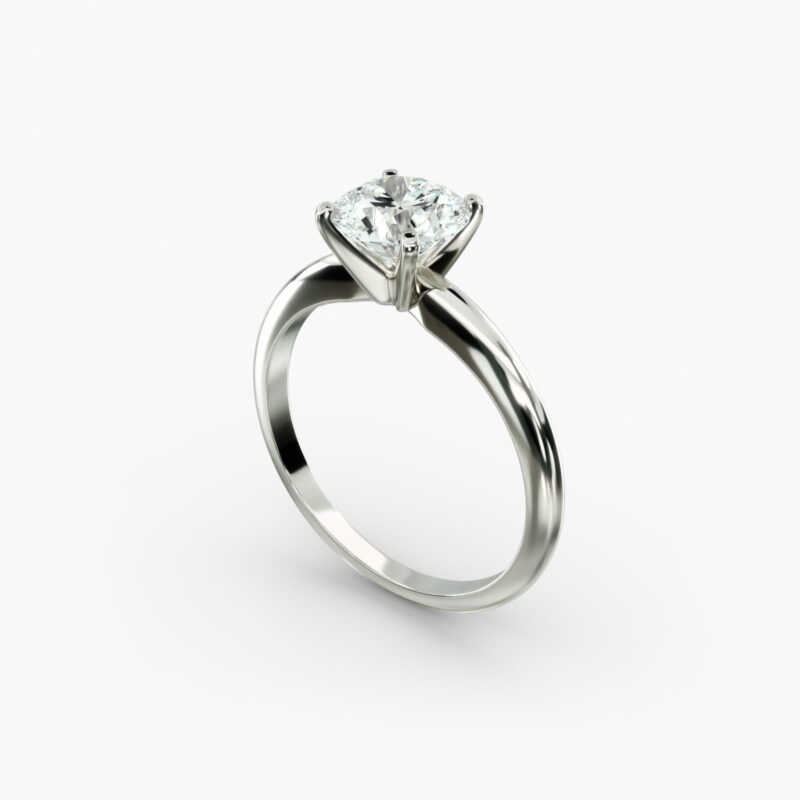
Round Ophelia Moissanite Engagement Ring






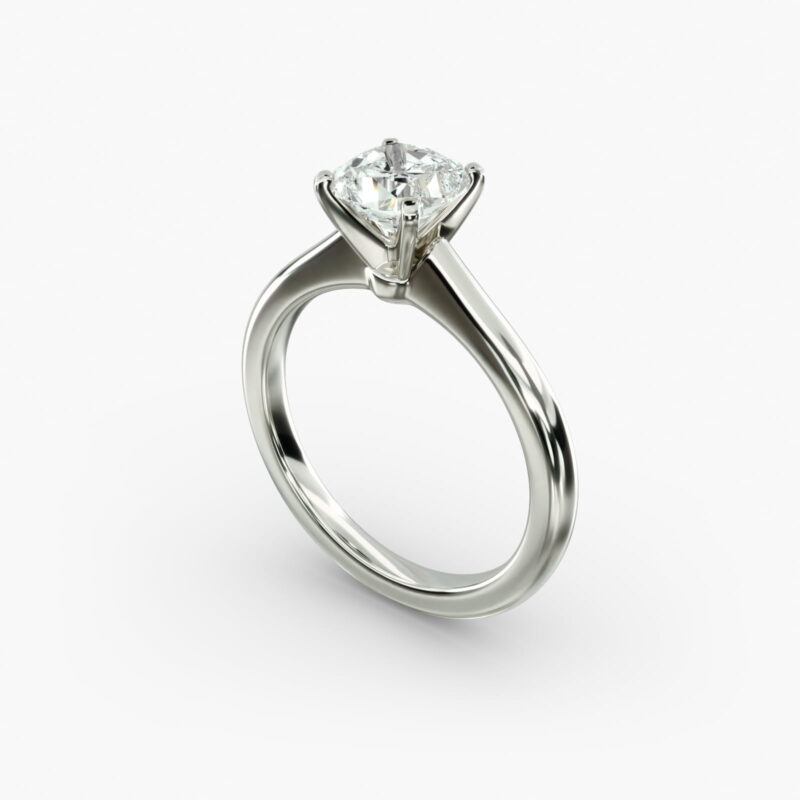
Cushion Esme Moissanite Engagement Ring






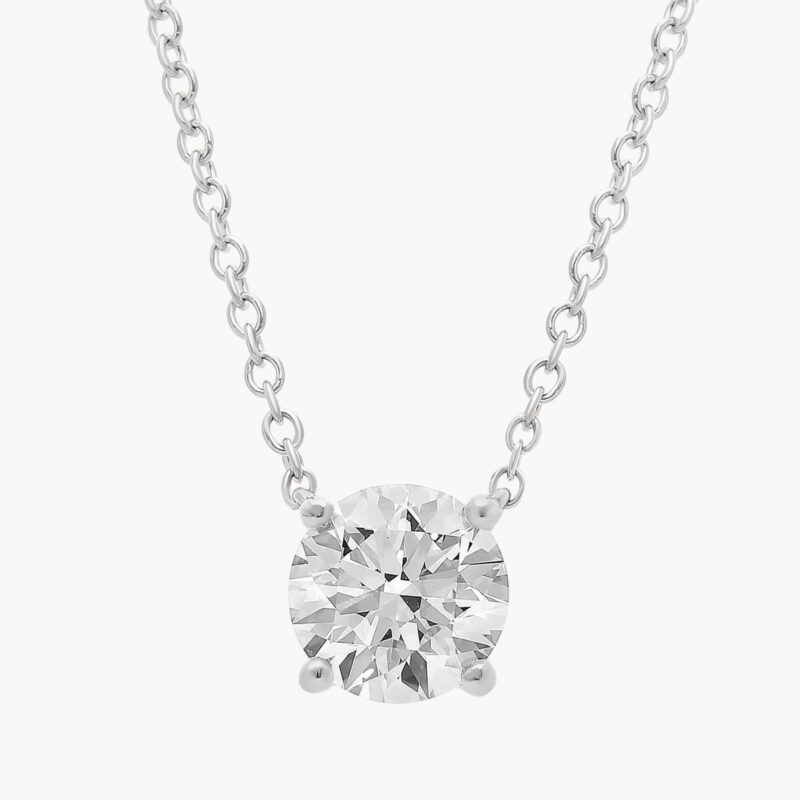
Amira Moissanite Pendant (1.5 Carat)




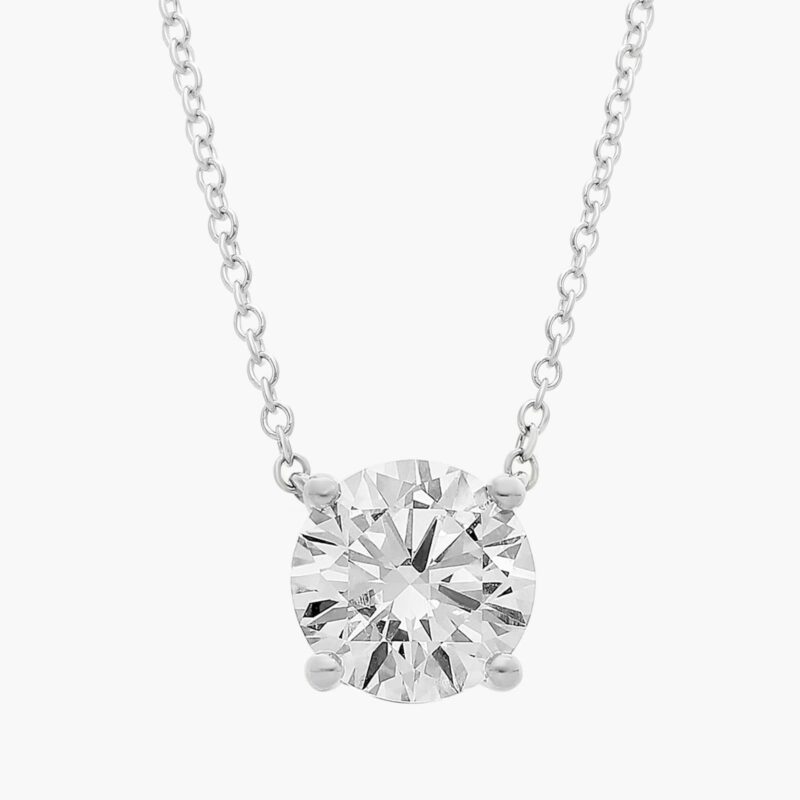
Amira Moissanite Pendant (2 Carat)




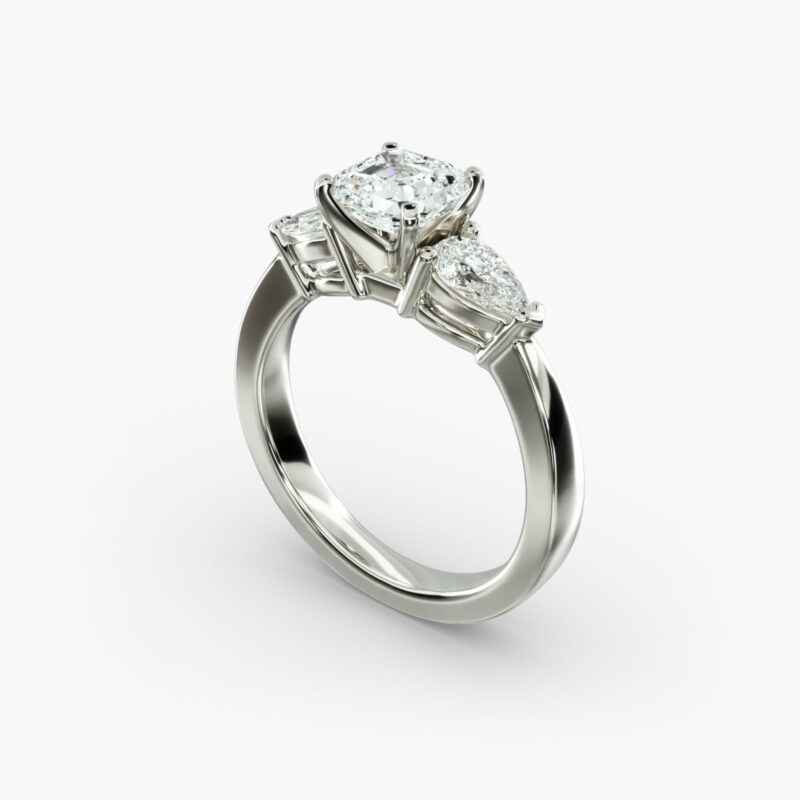
Asscher Valeria Moissanite Engagement Ring






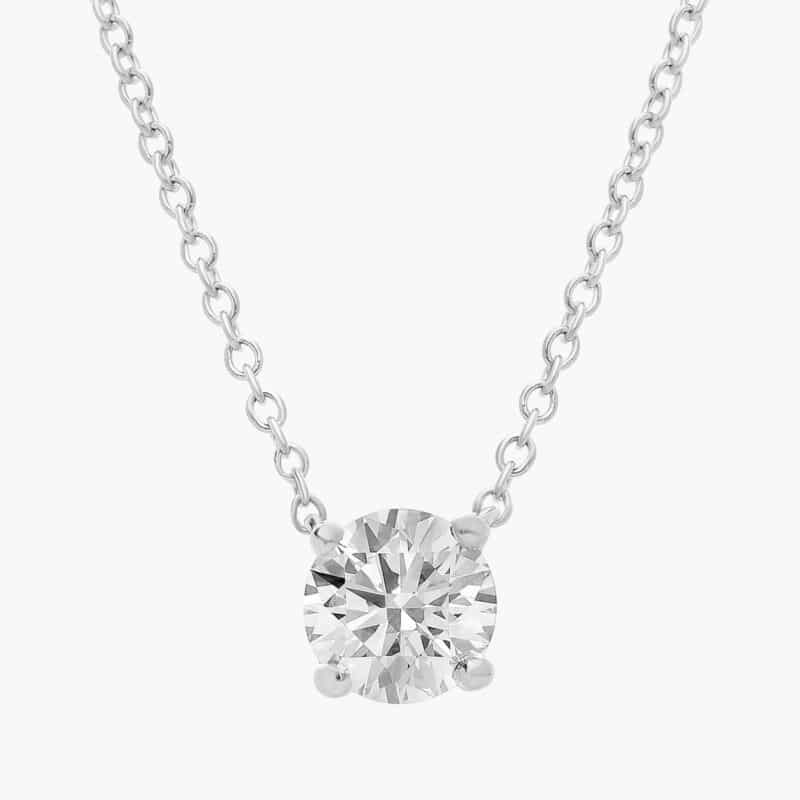
Amira Moissanite Pendant (1 Carat)




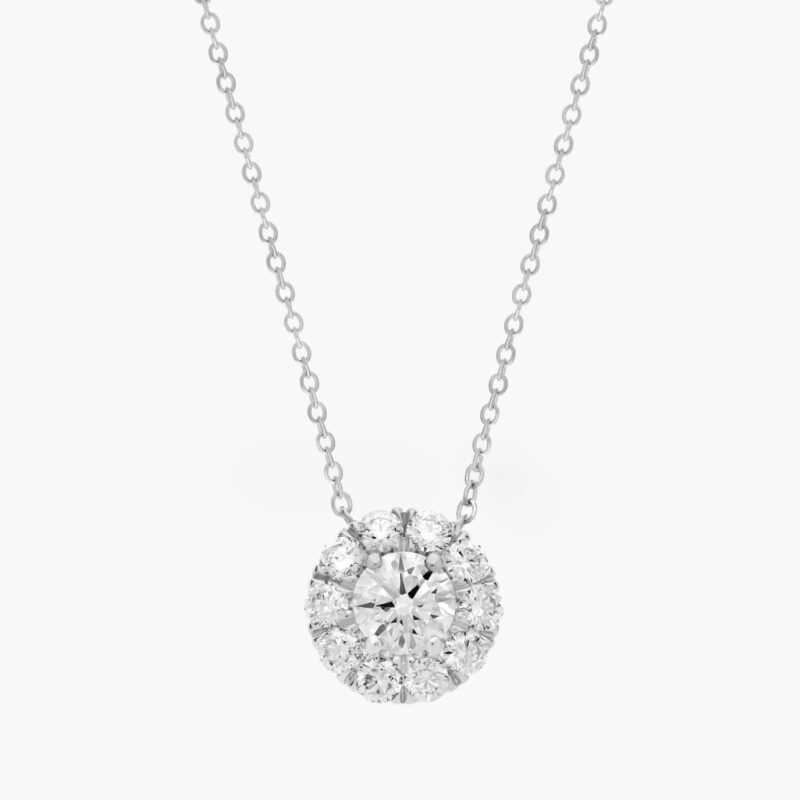
Soraya Moissanite Pendant (1 Carat)




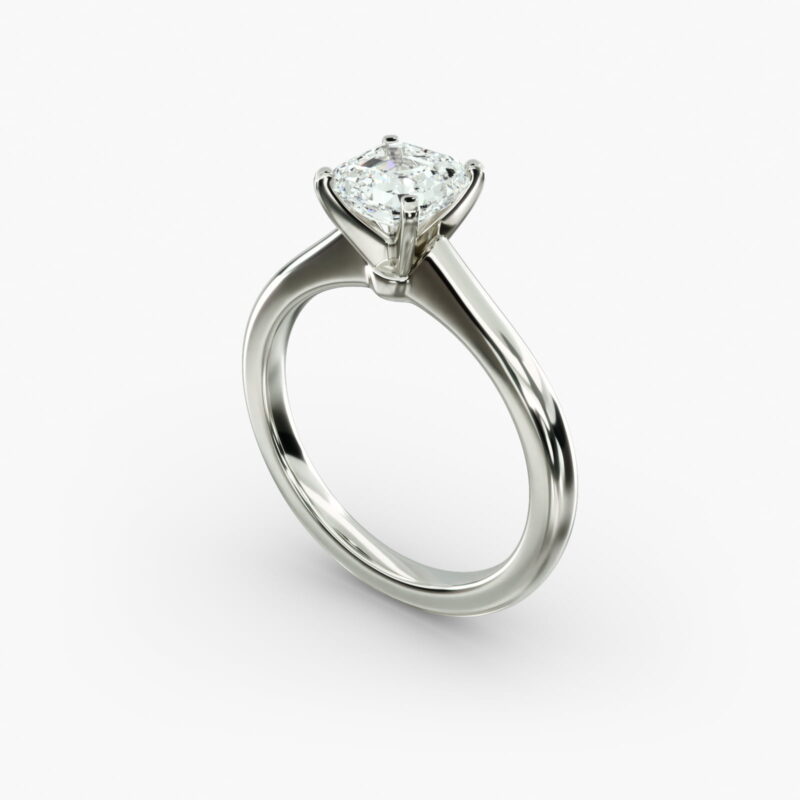
Asscher Esme Moissanite Engagement Ring






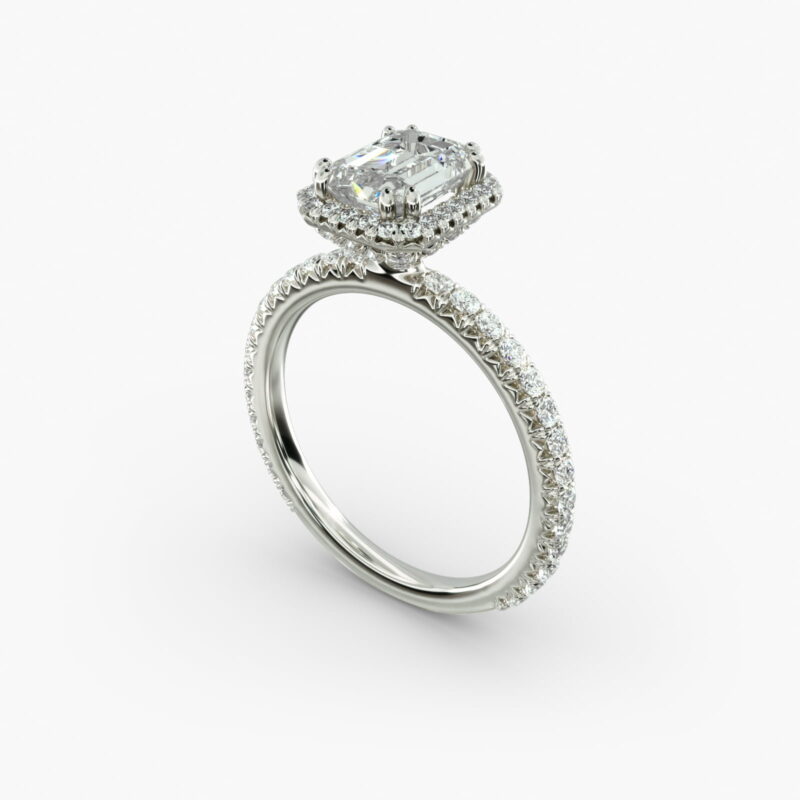
Emerald Aurora Moissanite Engagement Ring






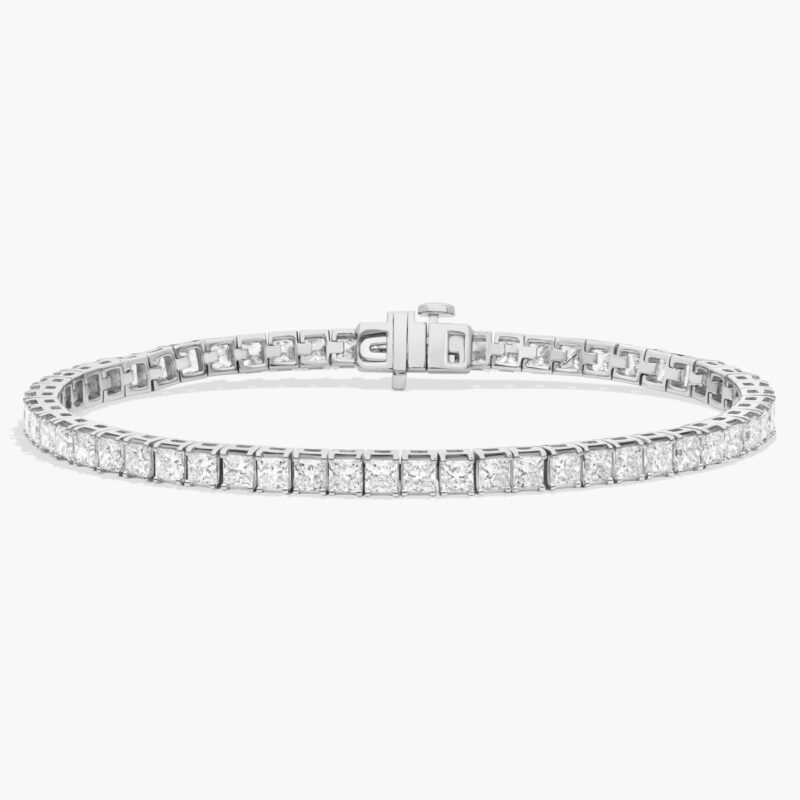
Paloma Moissanite Tennis Bracelet (4mm)






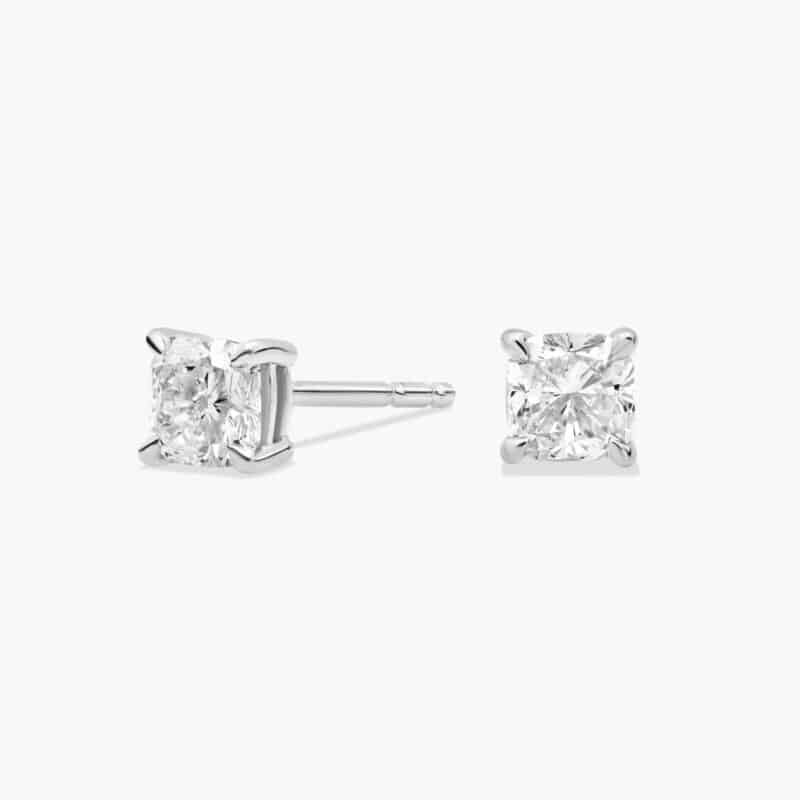
Tessa Moissanite Earring (0.5 Carat)




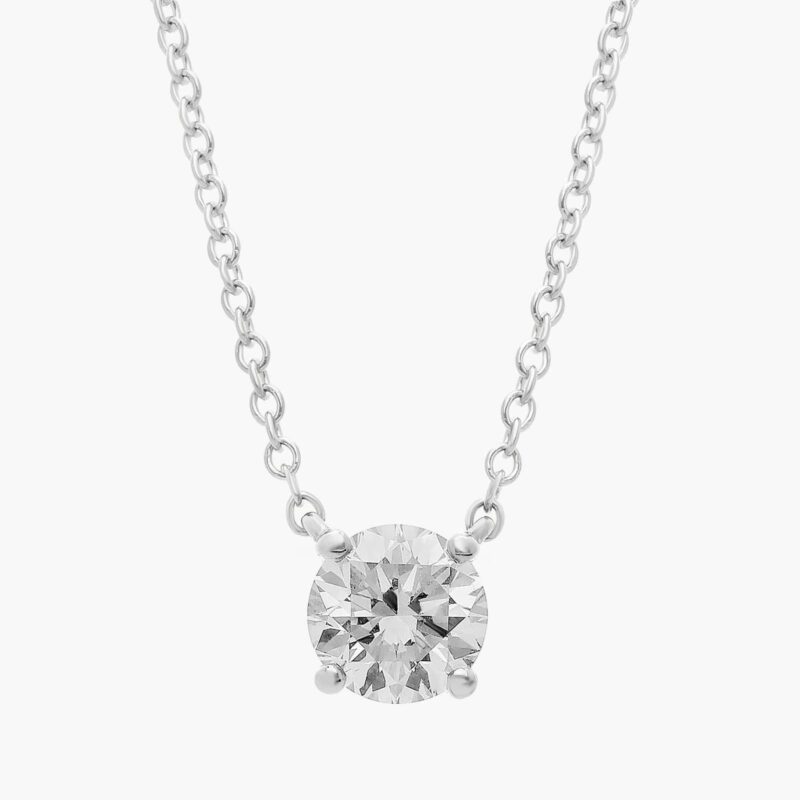
Amira Moissanite Pendant (0.75 Carat)




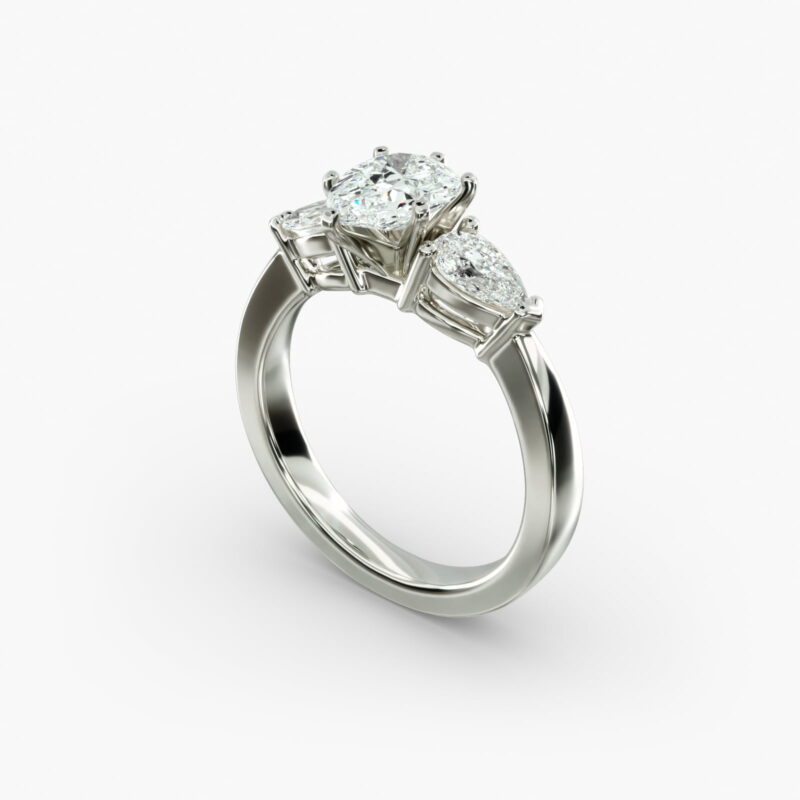
Pear Valeria Moissanite Engagement Ring






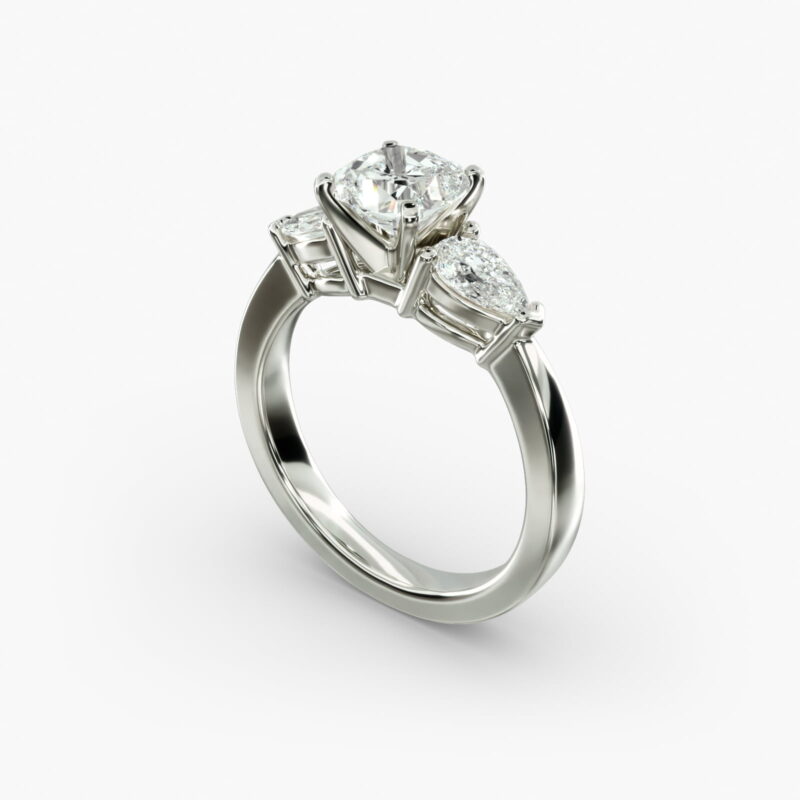
Cushion Valeria Moissanite Engagement Ring






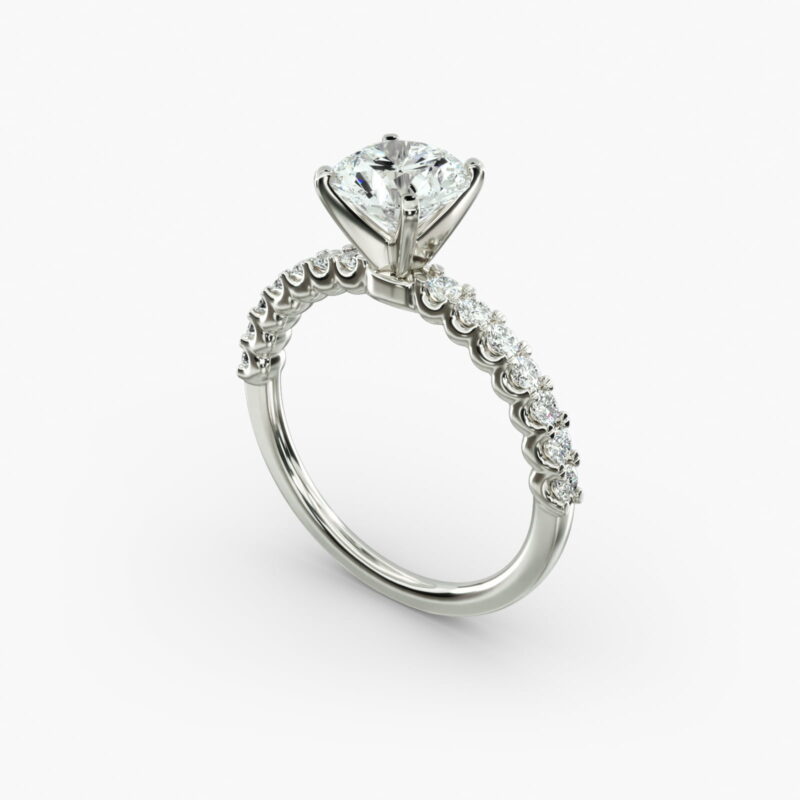
Round Elara Moissanite Engagement Ring






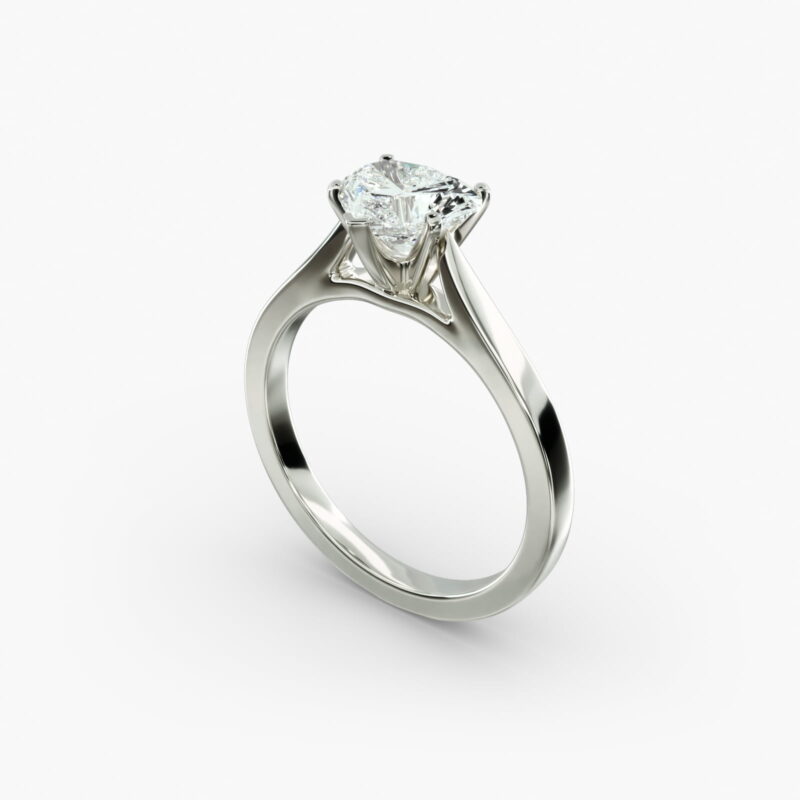
Heart Livia Moissanite Engagement Ring






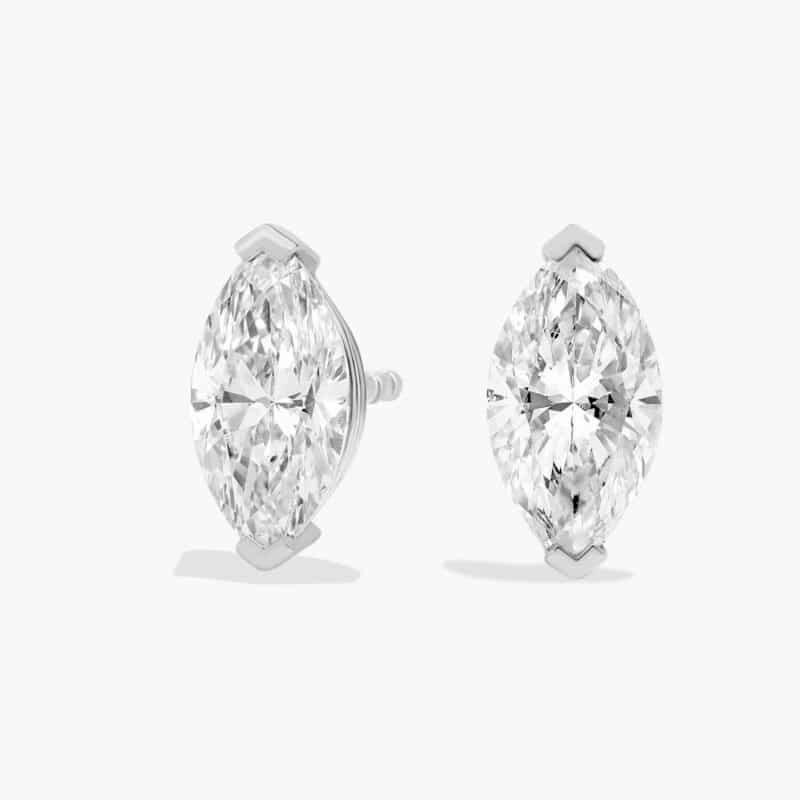
Maelle Moissanite Earring (2 Carat)




Frequently Answered Questions
Moissanite is a gemstone composed of silicon carbide (SiC), originally discovered by Henri Moissan in a meteor crater in 1893. While it looks very similar to a diamond, it has a different chemical makeup; diamonds are made of pure carbon (C). Most moissanite used in jewelry today is lab-created, making it an ethical and more affordable choice.
Moissanite is known for its exceptional brilliance and fire, often exhibiting more rainbow-like sparkle than a diamond. It's also very durable, scoring a ~9.5 on the Mohs hardness scale, just under diamond's 10.
Moissanite weighs less due to its lower density, specifically, it weighs approximately 9/10ths of what the diamond weighs. Its cost typically ranges from roughly 1/10th to 1/20th the price of an equivalent natural diamond.
These dramatic differences makes moissanite an accessible and brilliant alternative, allowing you to achieve your dream size and sparkle without the significant investment traditionally associated with diamonds.
The term "moissanite diamond" can be a bit misleading. Moissanite is not a diamond, but rather a diamond simulant. It looks like a diamond but has a different chemical composition. Diamonds are pure carbon (C), while moissanite is silicon carbide (SiC). While natural moissanite is incredibly rare (even rarer than diamonds, as it was originally found in meteorites), the moissanite used in jewelry is lab-created. This makes it a distinct gemstone with its own unique properties and beauty, often chosen for its sparkle and value.
The key differences between moissanite vs diamond:
- Composition: Diamond is made of pure carbon (C). Moissanite is made of silicon carbide (SiC).
- Hardness: This is measured on the Mohs scale of mineral hardness. Diamond is the hardest known natural substance, rating a perfect 10. Moissanite is also exceptionally hard, rating ~9.5 on the Mohs scale, making it very durable for everyday wear, though slightly less hard than diamond.
- Optical Properties (Brilliance and Fire): These properties relate to how light interacts with the stone.
- Refractive Index (Brilliance): Measures how much light bends when entering the stone. Moissanite has a higher refractive index (approximately 2.65 - 2.69) than diamond (approximately 2.42), contributing to its potential for high brilliance.
- Dispersion (Fire): Measures how white light is split into spectral colors. Moissanite has significantly higher dispersion (approximately 0.104) than diamond (approximately 0.044), resulting in more noticeable and colorful flashes ("fire").
- Density/Weight: Moissanite is less dense than diamond. The specific gravity of diamond is approximately 3.52 g/cm³, while moissanite is about 3.21 g/cm³. This means a moissanite stone will weigh less than a diamond of the same physical size; a moissanite will weigh approximately 90% of what a diamond of the same dimensions weighs.
- Origin: While both natural and lab-created diamonds exist, commercially available moissanite in jewelry is almost exclusively lab-created. Natural moissanite is incredibly rare.
- Cost: Moissanite is significantly less expensive. The cost can vary widely, but as a general comparison, moissanite can cost roughly 1/10th to 1/20th the price of a natural diamond of comparable visual size and quality. Even compared to lab-created diamonds, moissanite is generally more affordable.
Yes, moissanite can often pass a basic diamond tester. Standard handheld diamond testers primarily measure thermal conductivity, a property where moissanite is very similar to diamond. Because of this, these testers may incorrectly identify moissanite as a diamond.
However, more advanced testing equipment, often used by jewelers can distinguish between the two gemstones by testing for electrical conductivity (diamonds are not electrically conductive, while moissanite is) or by observing other optical properties such as birefringence (double refraction), the distinct nature of their spectral 'fire' or dispersion, differences in fluorescence under UV light, etc.
Choosing a moissanite ring offers many attractive benefits. Foremost among them is its remarkable value; you can get a bigger, high-quality moissanite for only a small part of what you'd pay for a diamond of comparable size.
Moissanite also boasts incredible brilliance and fire, meaning it has a stunning, eye-catching sparkle, often more so than a diamond. It's a highly durable gemstone, second only to diamond in hardness, making it perfect for everyday wear in an engagement ring.
Furthermore, as most moissanite is lab-created, it's an ethical and environmentally conscious choice, avoiding the concerns associated with mining. You can explore our stunning collection of moissanite rings at Revarado to see the variety of beautiful styles available.
"Moissanite diamonds" is a common term used to refer to moissanite gemstones, particularly when comparing them to diamonds. However, it's important to remember that moissanite is a distinct gemstone, silicon carbide, not a type of diamond (which is carbon).
Moissanite is an excellent choice for any type of jewelry due to its remarkable brilliance, fire, and durability. It has a sparkle that can exceed that of a diamond and is very resistant to scratches and chipping, making it suitable for daily wear.
Being lab-created, moissanite is also a more affordable and ethical alternative to mined gemstones, offering a beautiful and responsible option for engagement rings and other fine jewelry.
While natural moissanite is incredibly rare (originating from meteorites), the moissanite used in jewelry is lab-created. This makes it readily available and more affordable than many natural precious stones.
In terms of sparkle, moissanite is renowned for its exceptional brilliance and fire. Moissanite's refractive index is higher than a diamond's, meaning it can exhibit more colorful flashes of light, often described as a "rainbow effect" or "disco ball" sparkle. Diamonds, on the other hand, are prized for their balance of brilliance (white light return) and fire. Some people prefer the intense, fiery sparkle of moissanite, while others favor the classic diamond brilliance.
